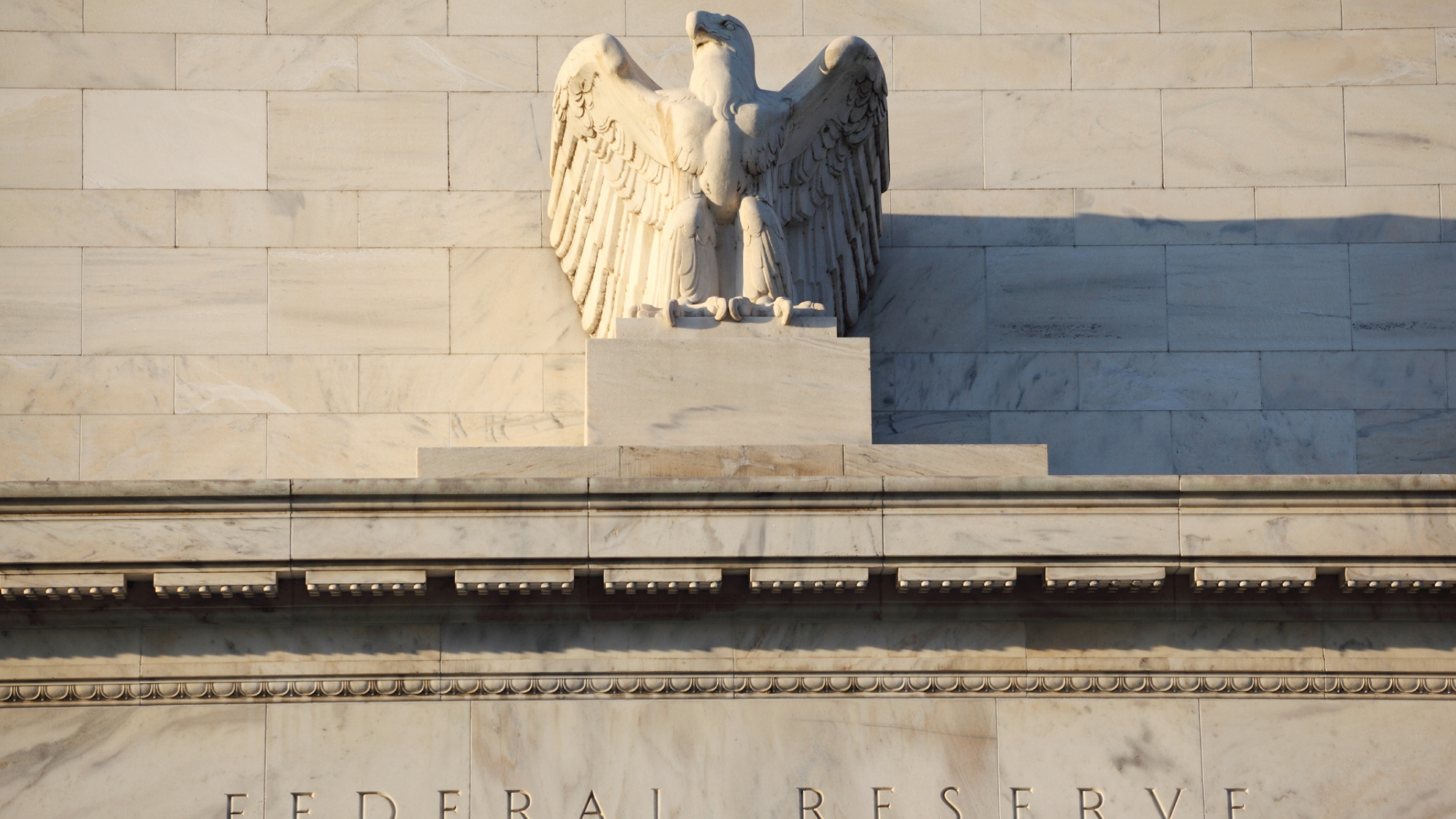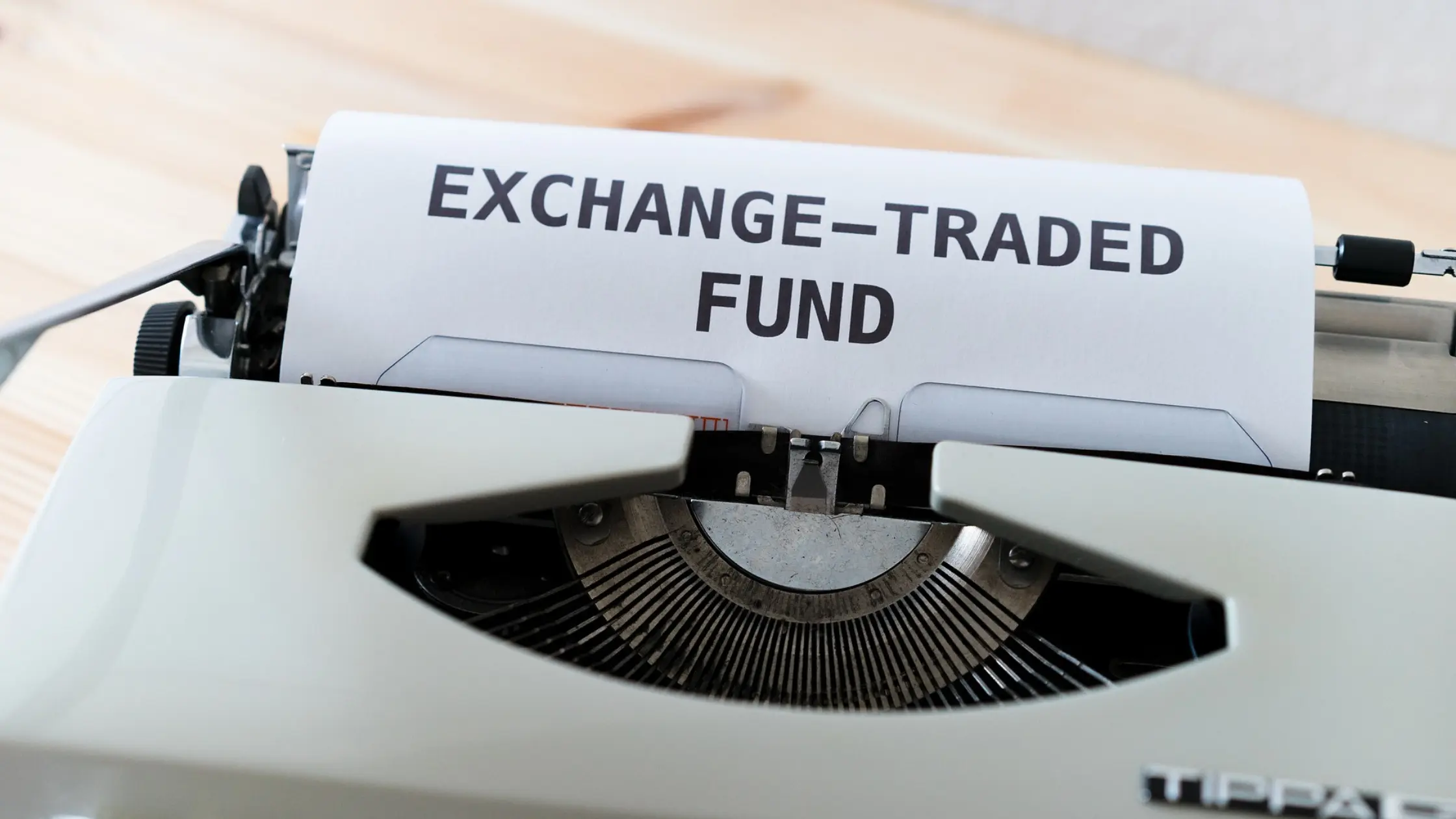3 Reasons the US Federal Reserve Impacts Stock Markets
September 22, 2022

Singapore investors are probably aware of the US Federal Reserve (Fed). That’s because talk of a series of aggressive interest rate hikes by the US central bank have driven stock markets down.
In fact, just this Wednesday (21 September), the Fed hiked its main interest rate by 75 basis points (bps) – or 0.75% – to a range of 3.0-3.25%.
That brings the Fed Funds rate to its highest level since 2008. Yet a lot of investors will probably ask this basic but crucial question; how does the Fed (and its interest rate policy) impact stock markets?
There are many ways that Fed policy can sway the direction of stock prices. Short-term directions tend to be skewed to the downside but here are three key reasons why Fed interest rate policy moves stocks.
1. Cost of capital rises
When businesses can borrow capital cheaply, or at very low cost, then the hurdle to earning a return on that (in excess of the cost) is relatively easier.
However, once the Fed raises its base interest rate, then banks and other credit providers tend to follow suit.
That makes borrowing – either via loans or the issuance of bonds – more expensive. Hence, the cost of capital for businesses rises.
You can see that with Singapore REITs. For example, as the cost of servicing their debt rises, they will have to generate extra returns from their portfolios just to “stand still”.
Already, many analysts are attempting to forecast the distribution per unit (DPU) impact on Singapore REITs for every 10-bp increase in the Fed Funds rate.
With that, the earnings outlook for businesses becomes that much harder. It also has the effect of “cooling the economy” in that economic activity will naturally slow down after interest rate hikes.
2. Alternatives to the stock market
What of the mantras that a lot of bullish investors have been saying over the past decade is: There Is No Alternative (TINA).
Otherwise referred to as “TINA”, it basically means that there is no alternative place to put your money to work than in the stock market.
However, once the Fed starts raising interest rates, then risk-free assets – like a short-term Treasury bond – start to become more attractive.
That’s mainly down to the fact that investors flee to safe haven assets. As a result, while maybe the prices of these assets have fallen slightly, they still easily outperform stocks during the early stages of a bear market.
For example, a 1-Year Treasury bond has seen its yield rise from 0.4% at the beginning of 2022 to over 4% now.
If you can receive a “risk-free” yield of over 4% in the short term, why would you put your money in stocks? That’s one of the big reasons why money flows out of the stock market.
However, that doesn’t mean that stock market returns will be completely negative over the course of the rate hiking cycle.
It’s just that in the early stages of a rate hiking cycle – with rapidly-rising interest rates illustrating the current situation – then the general stock market direction tends to be skewed to the downside.
3. Earnings growth slows
Finally, as mentioned previously, businesses tend to have a harder time generating a return above their cost of capital during periods of higher interest rates.
As a result, revenue growth and, thus, earnings growth slows down. For the stock market, investor expectations and earnings growth are two crucial factors in determining the short-term direction of share prices.
Given the stock market is forward-looking, once higher interest rates start to have an impact on the real economy then corporate earnings growth will slow down.
In fact, this current interest rate hiking cycle has come about because the US economy and inflation were “running hot”.
That’s a sign that the economy is robust. As the below table highlights, stock market returns over the duration of a rate hiking cycle have a great chance of actually being positive.

At the end of the day, though, the stock market works in cycles. Eventually, the Fed will stop raising interest rates (once inflation is under control).
When that day comes, the economy and the stock market will likely already be turning a corner.
If companies’ earnings hold up better than expected through all this, then the market doesn’t necessarily need to keep falling.
Don’t fight the Fed
Many investors during the 13-year bull market from 2009 used to say “Don’t fight the Fed”. That has now become the mantra of those who say there is more downside to the current stock market.
That’s because the macroeconomic picture, and particularly Fed policy, has become the dominant theme in stock markets.
For long-term investors, though, it makes sense to stay invested and add to your holdings over time.
That’s because stocks have proven to outperform other asset classes – time and time again – in generating wealth over the long term.
Having said that, it’s useful to know how the Fed impacts stock markets during periods like this.

Tim Phillips
Tim, based in Singapore but from Hong Kong, caught the investing bug as a teenager and is a passionate advocate of responsible long-term investing as a great way to build wealth.
He has worked in various content roles at Schroders and the Motley Fool, with a focus on Asian stocks, but believes in buying great businesses – wherever they may be. He is also a certified SGX Academy Trainer.
In his spare time, Tim enjoys running after his two young sons, playing football and practicing yoga.







